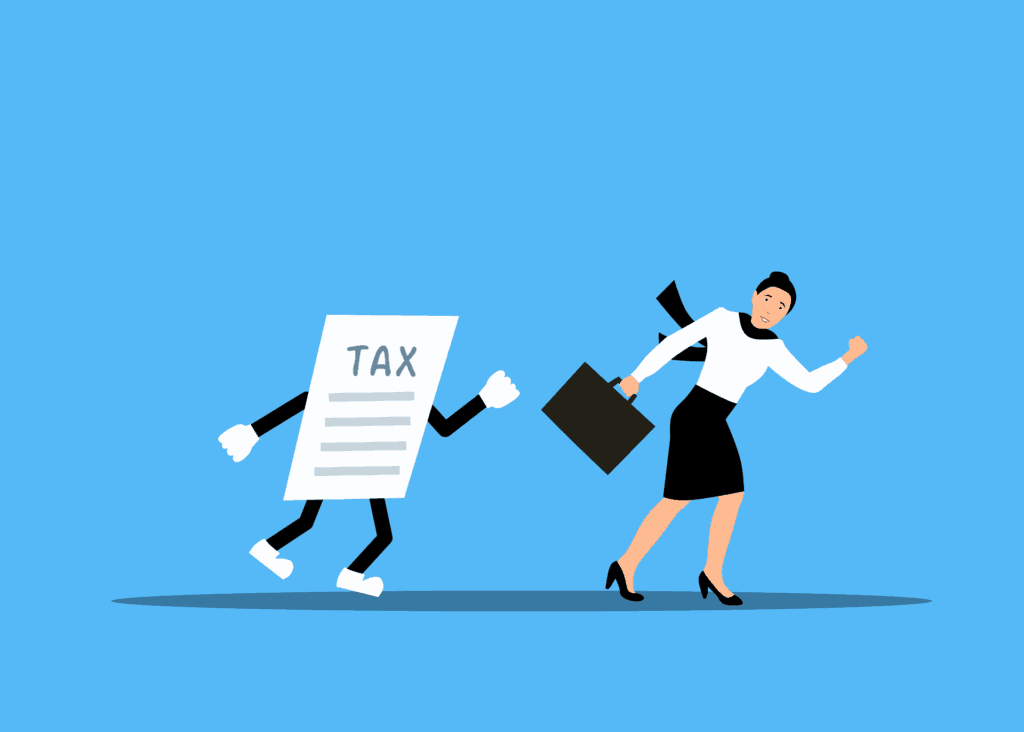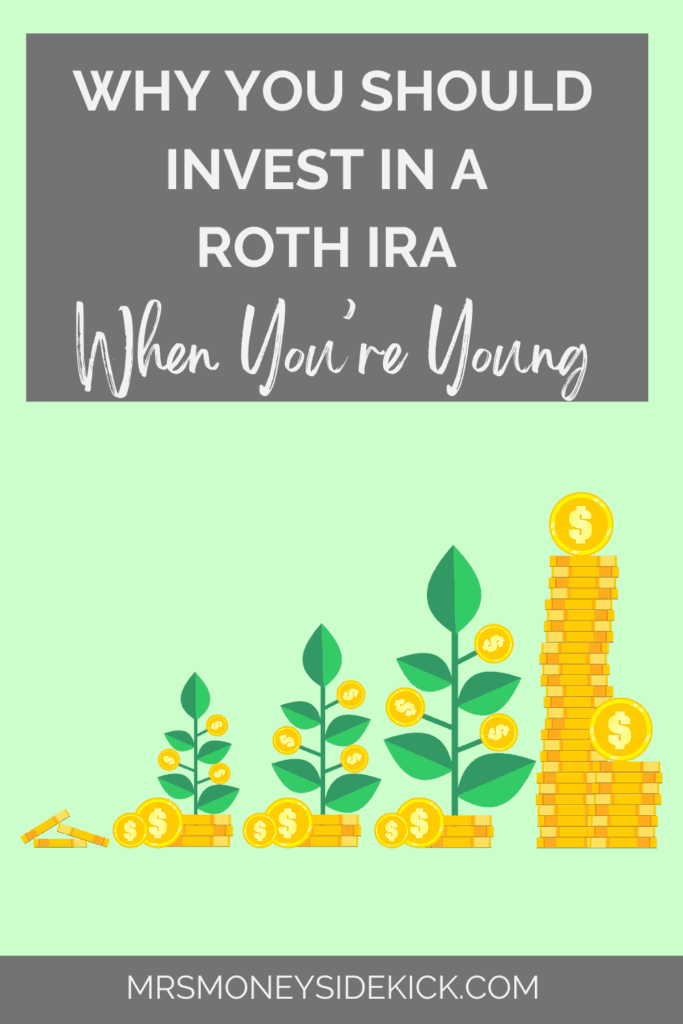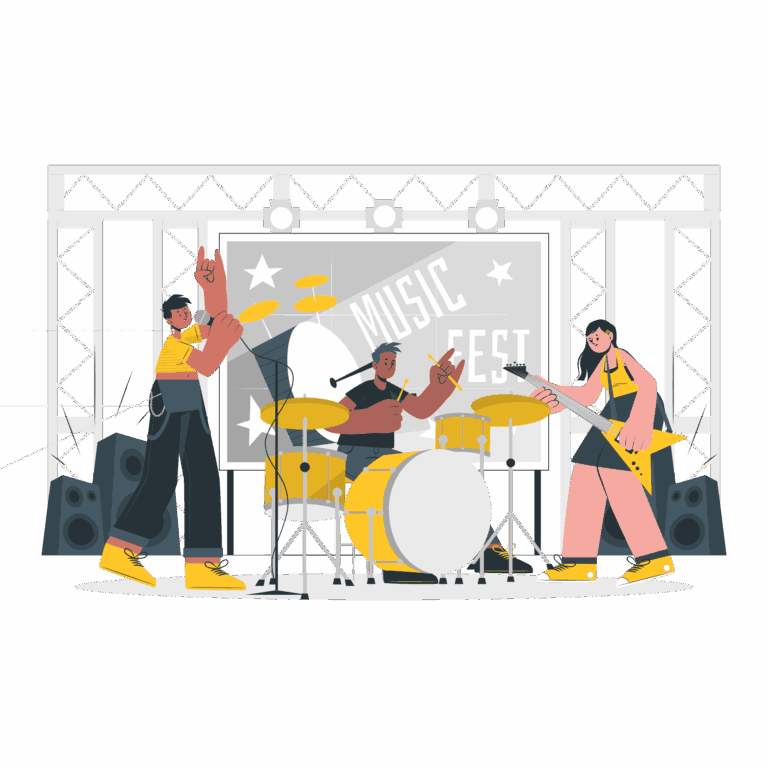Why You Should Invest in a Roth IRA When You’re Young
If you’re just getting started with your career or earning income for the first time, retirement might feel like a lifetime away. But trust me, starting early makes a huge difference. This article will walk you through why you should invest in a Roth IRA when you’re young, how it compares to a Traditional IRA, and why it can save you a lot of money in the long run.
Spoiler alert: I wish I knew all this sooner.
My Story: What I Wish I Knew Sooner

For years, I was putting money into a Traditional IRA. My dad had encouraged me to start saving for retirement as soon as I got my first job. I’m incredibly thankful he did, because it got me into the habit of contributing early on.
But for a long time, I didn’t even know what a Roth IRA was. I just kept going with the Traditional IRA because that’s what I knew. Looking back, I really wish I had invested in a Roth IRA instead, especially when I was younger and in a lower tax bracket.
That said, I’m still glad I was putting money into an IRA at all. Those contributions gave me a solid head start.
Why You Should Invest in a Roth IRA When You’re Young
There are a few big reasons why you should invest in a Roth IRA when you’re young, especially compared to a Traditional IRA. The biggest difference comes down to when you pay taxes—and how much you might owe later.
Let’s break it down.
1. You’re Likely in a Lower Tax Bracket Now
When you contribute to a Roth IRA, you’re using after-tax dollars. That means you’ve already paid income tax on the money, but in exchange, your money grows tax-free—and you don’t pay taxes when you withdraw it in retirement.
Since young earners often fall into lower tax brackets, it makes sense to pay the taxes now rather than later. This is one of the most important reasons why you should invest in a Roth IRA when you’re young.
💡 Example:
If you’re paying 12% in taxes now, but in retirement you’re in a 24% bracket, you’re saving big by locking in the lower rate today.
2. Decades of Tax-Free Growth
Imagine contributing to a Roth IRA in your 20s and letting it grow for 30 or 40 years—with zero taxes owed on your investment gains. So all the interest, dividends, and gains grow tax-free, and you never pay taxes on withdrawals (if qualified). That’s huge! Especially if your investments do well over time. That’s the magic of starting early. The longer your money has to grow, the more you benefit from compound interest. When all that growth is tax-free, it adds up to huge savings later in life. That’s another reason why you should invest in a Roth IRA when you’re young.
💡 Pro-Tip: Even if you start with just $50 a month, starting young can turn that into tens of thousands of dollars down the road.

3. Flexibility and No Required Minimum Distributions (RMDs)
Traditional IRAs require you to start withdrawing money by age 73, even if you don’t need it. But Roth IRAs don’t have RMDs, which means you can let your money keep growing for as long as you want.
This gives you more flexibility in retirement and more control over your money. If you’re thinking long-term, it’s easy to see why you should invest in a Roth IRA when you’re young and let that money keep compounding tax-free.
4. You Can Withdraw Contributions Anytime (Penalty-Free)
Life happens. While it’s best to leave your Roth IRA untouched, one nice feature is that you can always withdraw your contributions (not earnings) anytime without penalty or taxes. This makes it less scary to start saving, especially when you’re younger and might worry about locking up money for decades.
5. You Don’t Need to Know Your Future Tax Bracket
One of the most common questions is:
What if I don’t know what tax bracket I’ll be in when I retire?
That’s completely normal, and honestly, none of us can predict the future. But that’s actually one more reason why you should invest in a Roth IRA when you’re young. You’re locking in today’s tax rate. If taxes go up in the future (which many experts believe is likely), you’ll be glad you already paid yours when the rate was lower.
Roth IRA vs Traditional IRA: Quick Comparison
| Feature | Roth IRA | Traditional IRA |
| Contributions | After-tax | Pre-tax (may be deductible) |
| Withdrawals | Tax-free (if qualified) | Taxed as income |
| Age Requirement | Contributions any age with income | Contributions any age with income |
| Required Withdrawals | None | Must begin at age 73 |
| Best for | Lower tax bracket now | Higher tax bracket now |
Understanding this table helps highlight why you should invest in a Roth IRA when you’re young and how that decision may benefit you long-term.
6. Backdoor Roth IRA = Loophole for High Earners
If your income is too high for direct contributions, you can still contribute to a Traditional IRA (non-deductible) and then convert it to a Roth. That’s called the Backdoor Roth IRA strategy and it works well when done right.
💡 Pro-tip: If you’re doing a Backdoor Roth, it’s best when you have no other Traditional IRA balances, or you’ll trigger pro-rata tax rules.
So… Why Doesn’t Everyone Just Do Roth?
Here’s where nuance comes in. While Roth is amazing, there are some cases where Traditional IRAs may still be worth it:
1. You’re in a Very High Tax Bracket Now
If you’re making a lot of money and expect to be in a lower bracket in retirement, Traditional IRAs give you a big tax break now. That tax deduction might be worth more today than the tax-free growth later.
2. You Need the Deduction Today
Let’s say you’re self-employed or have variable income and need every deduction you can get. The Traditional IRA might give you immediate tax savings that help free up cash flow.
Bonus Tips for Getting Started
- Open a Roth IRA early: even if you only contribute a small amount, it starts the 5-year clock for tax-free earnings withdrawals.
- Automate your contributions so you build the habit and never forget.
- Use target-date or index funds if you’re not sure how to invest the money yet.
- Track your income. there are income limits for Roth IRAs, and once you earn too much, you may not be able to contribute directly.
| Filing Status | Full Contribution If Income Below | Partial Contribution Range | No Contribution Above |
| Single | $146,000 | $150,000 – $165,000 | Over $165,000 |
| Married Filing Jointly | $230,000 | $236,000 – $246,000 | Over $246,000 |
- Max out your IRA each year if you can, but remember, the total limit is shared between Traditional and Roth IRAs. You can’t contribute the full amount to both a Roth and Traditional IRA in the same year, only the total combined limit.
In 2025, the IRA contribution limit is:
- $7,000 if you’re under 50
- $8,000 if you’re 50 or older
Final Thoughts
If you’re still wondering why you should invest in a Roth IRA when you’re young, remember this: time and tax-free growth are two of your biggest advantages.
I wish I had known about Roth IRAs sooner. I spent years only contributing to a Traditional IRA, not because it was a bad choice, but because I didn’t realize I had other options. If I had started with Roth contributions earlier, I’d be looking at a bigger tax-free retirement balance today.
The good news? It’s never too late to start. The earlier you begin, the more powerful your savings will become.
Start small, stay consistent, and give your future self a serious head start.
On your side,
Mrs. Money Sidekick
P.S. Check out these other money essentials posts for more like this! 💰








